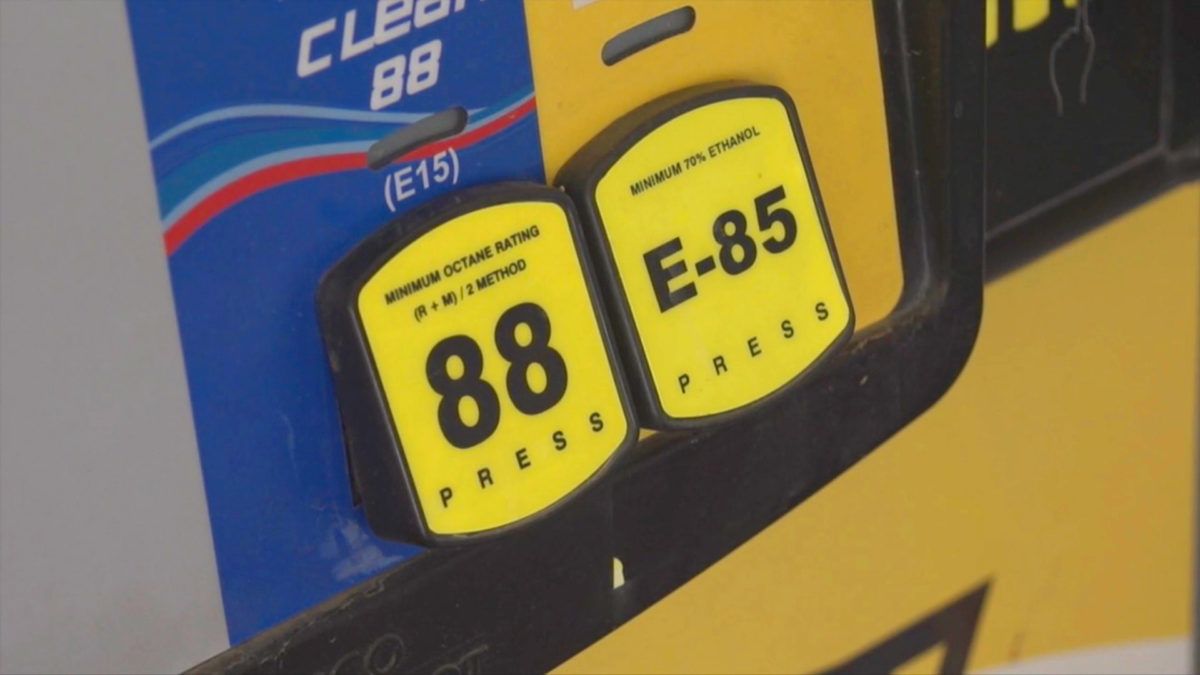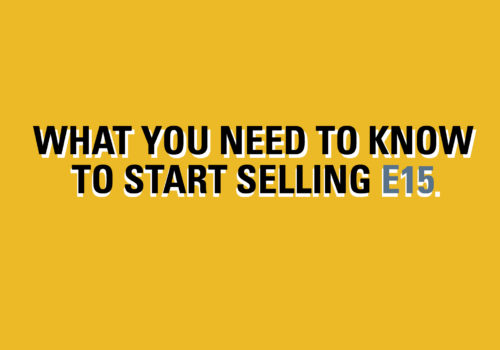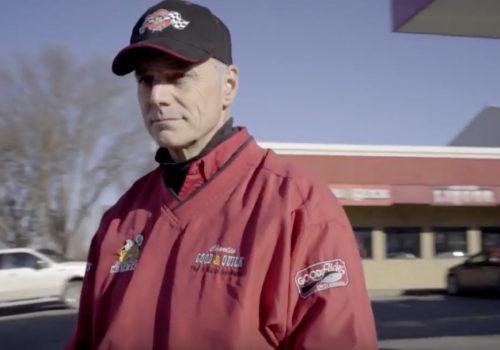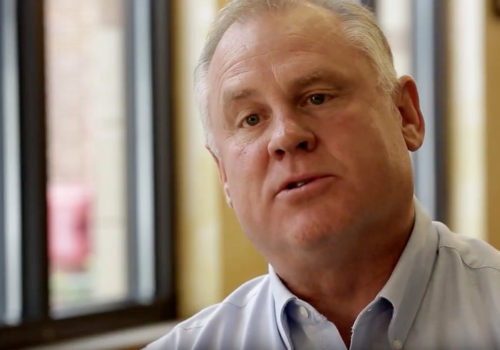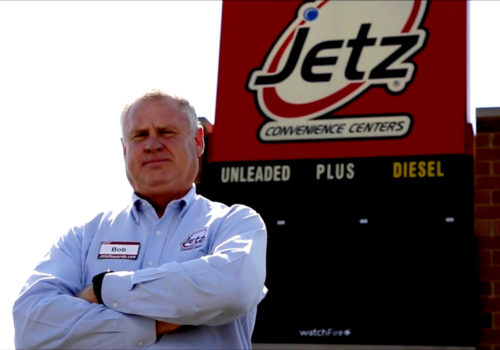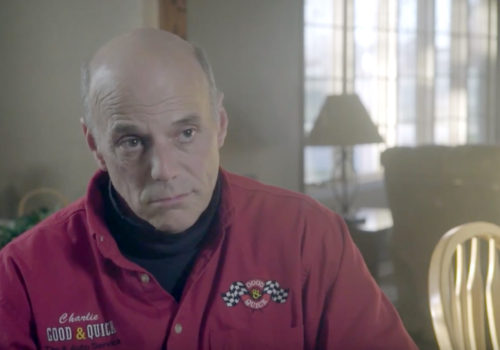HOW DO YOU INTRODUCE E15 — A BETTER FUEL WITH A WEIRD TECHNICAL NAME?
IT’S EASY: FOCUS ON WHAT CONSUMERS ALREADY KNOW.
Choice is good, but only if you know what you’re choosing. That’s a lesson the early adopters of E15 will tell you. The term “E15” is itself a technical description that doesn’t really fit in the vocabulary of the typical motorist.
“You’re talking about a formula: ‘E-15,’” explains Mike Lorenz, who handles fuels for large independent retailer, Sheetz. “What we found out right away was people didn’t know what E10 was.”
That’s why some retailers have taken some creative step to fit E15 into a framework drivers can quickly grasp. It starts with what consumers do understand: price and octane.
Drivers know a higher octane number means “better fuel.” Simultaneously, they’re constantly on the lookout for cheaper prices. Put them together, and you’ll arouse curiosity.
For Pump n’ Pantry of Nebraska, the name they chose was “Clean 88.” For Sheetz, the term “Unleaded 88” did the trick. For both companies, the roll-out was a success.
“They’re going to know you’re talking gasoline but higher octane,” Lorenz explains. “They’re already going to understand it what Unleaded 88 is — it’s gasoline with 88 octane. We felt that was the lowest hurdle to get over. The other thing consumers understand is that higher octane is higher price — here you’ve got the opposite.”
Bruce Vollan, the owner of a small single store just outside of Sioux Falls, South Dakota, took it even a step further. With the higher grade stock of gasoline blended with ethanol, Vollan’s Midway Service earned an 89 octane rating for his E15.
When people pull the lever, it’s pretty easy to choose something that’s four, five, six cents less and have a higher octane product. So part of our success in selling it is not complicating it.
Some retailers, like Kum n’ Go, are using blue hoses and/or nozzles to help create visual separation for their “Unleaded 88” or “Clean 88.”
Our advice is to follow Vollan’s example and keep it simple. Put the focus on octane rating. Price should speak for itself. But if consumers ask why the higher quality fuel is less expensive, the answer is simple: the octane enhancer you’re offering is much less expensive than premium gas — and you’re passing along the savings.
And that brings up a point: give your employees the tools to answer questions. That could mean sending them here, to flexfuelforward.com, or, as Sheetz did, producing a small brochure employees can hand out.
We’d love to hear other strategies you might use. Let us know and we may post them right here.
